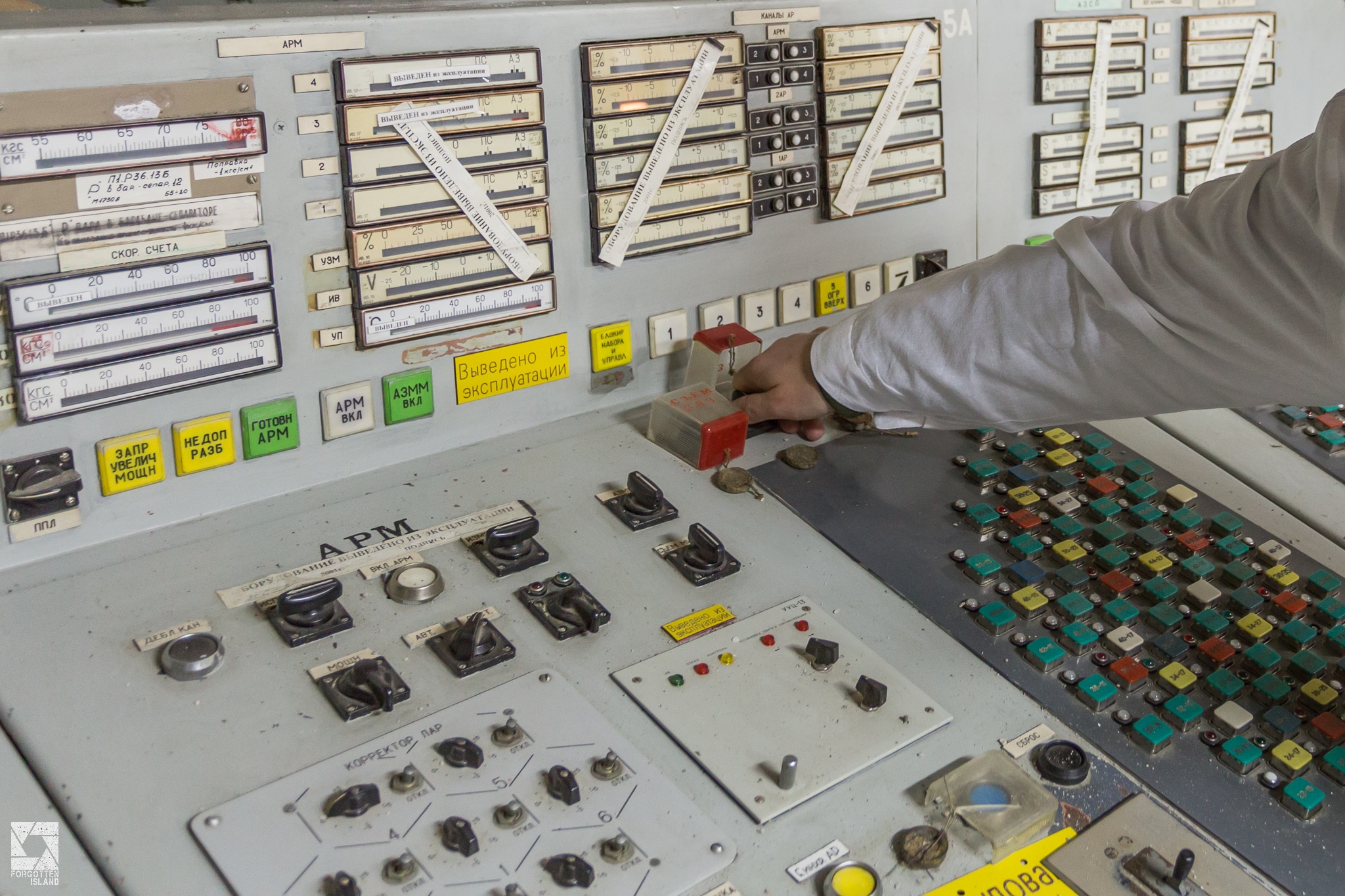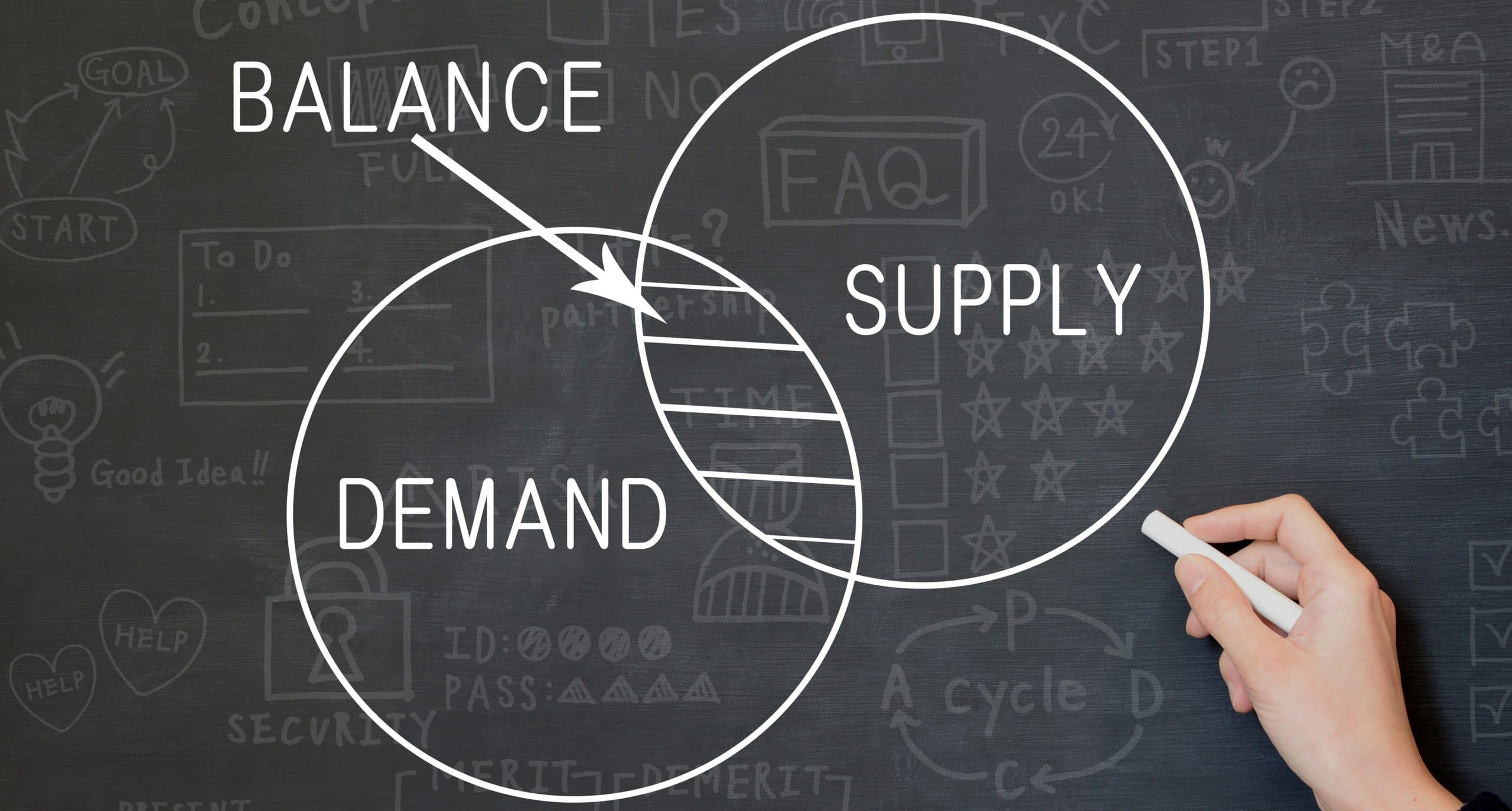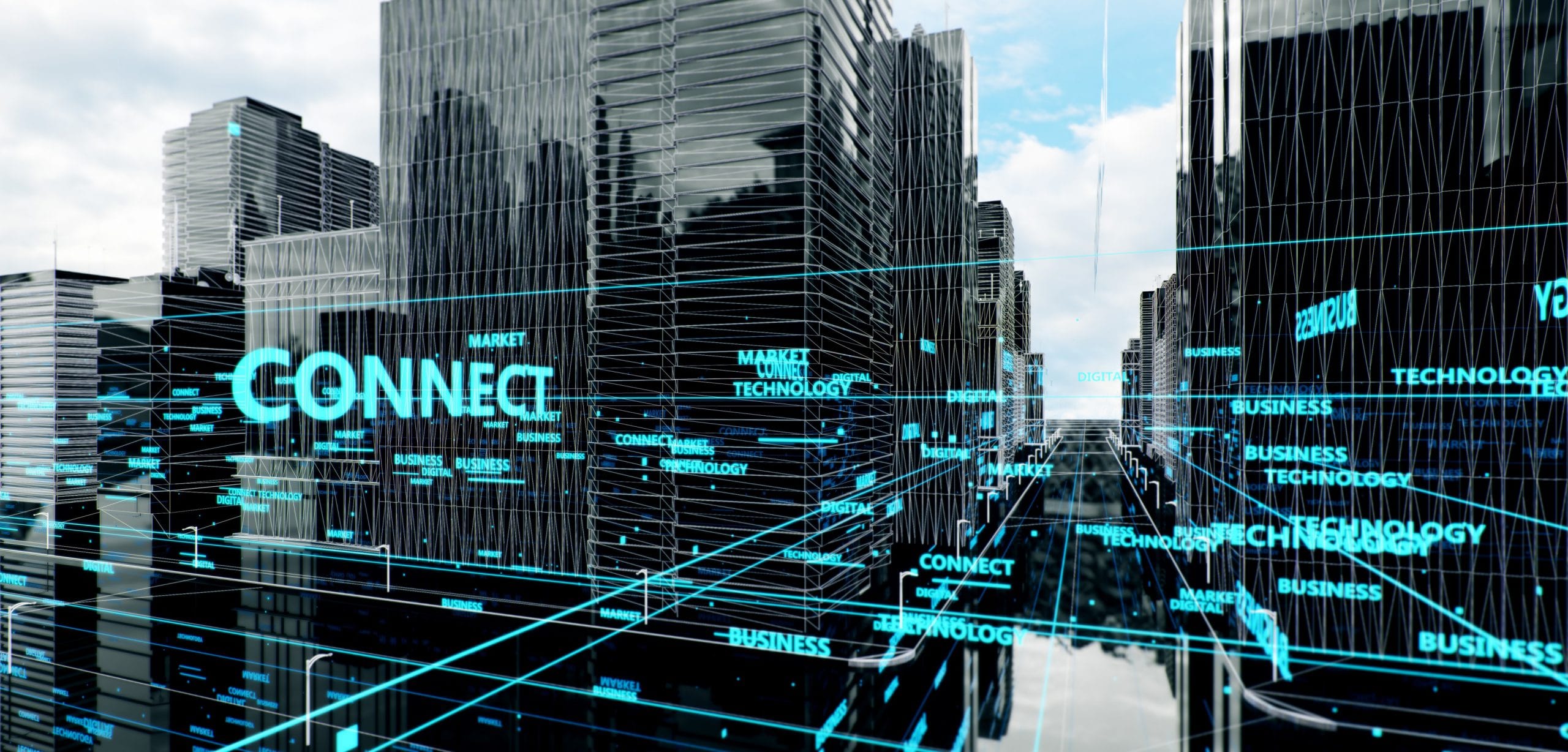Introduction
A 6-minute read on why the property asset management business now is ready for a digital transformation and PropTech.
Why is the property management business still a digital laggard?
In industrial automation, no one questions the urgency for more digitalized processes. Every percentage of effectiveness gained in production can be converted directly to money earned. Return on investments in Industrial IoT is hence easy to calculate and measure. At least in theory.
One of the reasons that the property business is late to digitalize might lie in the quote “Necessity is the mother of invention”. Until recently, property owners have not had any great economic incentives to invest in IIoT. Urban and metropolitan properties have been very profitable investments. Especially in almost two decades of constantly falling interests.
Furthermore, if your tenants themselves pay for all their consumption of HVAC resources (Heating, Ventilation, Air Conditioning), a centralized control system for energy optimization is not a top priority for a property owner.
Legacy systems can be a nightmare to manage
When buying and selling properties over the decades, you also create a portfolio of old and new buildings with various levels of automation and a vast number of traditional building automation systems to manage.
There will most likely be a mix of locally installed analog meters or HMIs, and SCADA systems with various degrees of remote access to their data. Gathering data to complete and uniform reports for all your buildings will be time-consuming, and partly based on manually registered data you don’t always know if you can trust. Training your service crew to operate all the systems for building automation will take time and effort.
Instead, it is more probable you will be dependent on individual know-how for some of the systems. Your tenants will not be able to operate the user interfaces of HMIs designed for trained maintenance professionals, neither read the blueprints and documentation of the HVAC-system. Instead, you need to find and send a specialist on a 45 minutes’ drive to fix even the simplest of tasks.

Why it has been hard to align different automation systems
Different brands of electronic sensors and automation hardware communicate their data in various Fieldbus protocols. The protocols are often proprietary, which means license costs just for having the legal right to convert one brands’ protocol into another. On top of that, you will need new software to do the actual translations, with a graphic user interface for visualizing your data and your settings.
Changing all your, traditionally wired, sensors, and local HMIs to create a uniform infrastructure based on only one Fieldbus protocol will not be cheaper, unless your stock of real estate is very small.
Supply and demand united for a digital transformation of Proptech
There are numerous reasons to why the investments in industrial IoT and PropTech are booming right now. The easiest way to explain it is that demand and supply have converged. In a less abstract explanation: more attractive prices and enhanced abilities of new technology match the new business opportunities in the property management business.

Some of the demands we can identify:
Sustainability is more than a buzzword
Optimizing the consumption of energy and water is equally good for PR as for reduction of costs. Most of the public and large property owners also want to minimize their CO2-footprint. Niche companies specializing in sustainability reporting services, as Position Green, notice that property owners are very interested in being more environmentally conscious.
Tenants, investors, and authorities, etc have sustainability goals too. All stakeholders’ in the business need for uniform data with trackability down to the sensors will increase. Scattered and incomplete data will make the audits harder to pass.
Remote access cut costs and time
Being able to do most troubleshooting and configurations from wherever, on a PC or Tablet, will not only save time and money, it will also give the tenants service faster. During the COVID-19 pandemic, the need for remote access to locally installed PLCs, DUCs, HMIs, sensors, etc got even more acute.
Reliable data in real-time
All stakeholders in the business will benefit from faster and more accurate data. With reliable real-time data from sensors, periodical reports can be updated automatically. Integrations to other business systems for invoicing, purchasing, planning, maintenance, etc can be online.
Home automation shows the way
Amazon Alexa, Google Home, and other systems for IoT in our homes have made it obvious that software must work regardless of brand on the hardware they control. When you say “turn on the lights” in your native tongue, you expect all your IoT lightbulbs to be lit. Imagine if your Siemens bulbs only could react to the phrase “Mach das Licht an”, IKEA bulbs to “Tändlamporna”, and French bulbs also required an additional “S’il Vous plait” to comply. You also would need to buy a specific microphone for communication with each type of bulbs. Do you think it would be a commercial success?
The analogy raises the question of why the more expensive building automation systems can’t be controlled with one app, one user interface, and one set of intuitive commands.
Better documentation
Who has done what and when? We want logs to track actions made and services performed, we want all instructions in one place, and we need to know if they are valid and updated. We, the civilians, also want self-explanatory, zoomable 3D-images of the heating system for the building if we must fix something. Not old blueprints with strange triangular symbols.
On the supply side we can identify:
Safe, accessible and cost-effective cloud solutions for proptech
Most of us are convenient and safe to only have online contact with our private money, and we are used to subscribing to digital content paid monthly. We are also used to instant access to our digital services on any device connected to the Internet. Platforms and services built for IIoT and PropTech are built for being Cloud-based and sold as SaaS, Software as a Service.
Investments and implementations are made more gradual than ever before. You don’t need any new servers, nor installations on the users’ PCs or deprecation plan for software licenses. The risk of starting an IIoT project has never been lower.

Cures for proprietary infrastructures
As mentioned above, proprietary Fieldbus protocols have license costs. The development of software drivers translating protocols can be expensive unless made on a larger scale. This has created a market for mass-produced protocol converters. The hardware is often an extra card, made for installation in the existing PLCs, DUCs, and Field Gateways. In the Connectitude IIoT Platform™ Fieldbus drivers are integrated into the software.
Big data management
Developers of PaaS and SaaS solutions for IIoT and PropTech usually don’t have a cloud of their own. The clouds are provided by Microsoft, Amazon, IBM, Oracle, etc. Cloud-providers can offer storage and computing power on demand, with high security and reliability.
Within a cloud, or between clouds, it is relatively easy to integrate your other cloud-based systems via APIs. You can also relay selected data to the cloud providers’ data warehouses. It means you can have the hottest data from all your business system in common high-performance storage with powerful online services for reporting, visualization, and analysis.
Democratization of data and pinpointing information
The clouds allow easy and immediate sharing of all your organizations’ real-time data to anyone with a mobile phone. Did that statement raise your pulse? You can relax. Modern cloud solutions offer extremely granular control of access rights. Matrixes of user roles in combination with your defined entities, as building X, floor 2, Conference room B, etc. also make your management of user access rights structured and immediate.
Remote access to automation hardware
Occasionally you will need to do programming in your PLC, DUCs, sensors, etc. If these tasks are made from your service office, instead of visiting each local installation, you will have several benefits. It will be quicker, more uniform and you will save the time and money of traveling.
In an IIoT-solution, you will need the Edge Gateway for your cloud connection. The Edge Gateway can also be the host for your VPN-software. You don’t need to buy additional hardware to create remote access, instead, you can avoid having extra links and risks in the communication chain. In the Connectitude IIoT Platform™, a safe VPN is integrated into the software. You will also have turnkey features for updating settings, firmware, etc simultaneously for any group of identical hardware.
Wireless sensors
Wi-Fi, Bluetooth, LoRa are widespread communication protocols for wireless data transfer. They have paved the way for a generation of wireless sensors and hardware. Our present favorite is LoRa due to its long-range and low power consumption. A LoRa device can work equally well in dedicated private networks as well in public networks. Read more about LoRa here.
5G will further accelerate the transition from wired to wireless devices in building automation. The obvious advantages of wireless sensors are lower costs and less time for planning and installation. A less obvious are the costs of maintenance. Short-circuits due to wear and tear of cables can entail tiresome troubleshooting in wired infrastructures. Induction is another common source for the loss of signal quality, requiring shielded cables and various electronic countermeasures.
Better user experiences
Apps for the consumer market have raised the bar for design and reliability of software for the automation market. The architecture of software solutions has also changed. On a common backend and database, you can more easily have frontend layers with a different design for different types of users. Also, the use of modular web widgets allows you to select the best features for your specific roles and users.

Learn more about PropTech and Smart Buildings
If you want to learn more about futureproofing your property management, click here.
Do you prefer a dialogue with us? Do you need information, recommendations, or want to schedule a demo of our Proptech solutions? Use the form below to contact us. Thank you for reading the post this far!